____
The Five Spot Café, a club located in New York City’s Bowery neighborhood, was the site of a six month gig for the quartet of Thelonious Monk, John Coltrane, drummer Shadow Wilson, and bassist Wilbur Ware. This engagement — coming on the heels of Monk’s cabaret card reinstatement — marked the merging of two of the most original voices in American music, Monk and Coltrane, in a space where cheap beer and good music attracted some of the city’s most influential artists and writers. Regulars included Larry Rivers, Willem de Kooning, Franz Kline, Jack Kerouac, Frank O’Hara and Allen Ginsberg.
In Thelonious Monk: The Life and Times of an American Original, author Robin D.G. Kelley quotes Five Spot co-owner Joe Termini remembering the impact Monk’s quartet had on his club: “Once we hired Monk, all of a sudden the place was crowded every night. And frankly, in the beginning, I just didn’t understand any of it.”
Monk would often stand while hearing the band play, and, Kelley writes, “sometimes he’d dance to the bar, order a drink, and shuffle his way back to the bandstand….The writers and artists in the audience declared virtually every aspect of Monk’s performance ‘avant-garde.’ Monk’s dance, for example, was seen as a spectacular example of modern performance art in an age when expression of bodily pleasure and excess became central to conceptual art. Fans lined up outside the Five Spot for the music as well as a chance to catch Monk dance and whatever ‘eccentric’ behavior he was rumored to exhibit.”
And the musical ideas, according to Down Beat critic Dom Cerulli, who attended one of the shows early in the engagement, were “astounding…Thelonious was quite excited about his group….They appear to be digging each other, and to be quite intent on building something with the group.” Building it didn’t come easy. Kelley writes that Coltrane struggled with Monk’s music, and that “every song with Monk was a challenge.” “You have to be awake all the time,” Coltrane said. “You never know exactly what’s going to happen.”
Not knowing what was going to happen with Monk carried over from the bandstand into the kitchen as well. Kelley writes that Five Spot co-owner Iggy Termini “found Monk’s onstage dancing strange though harmless. ‘But sometimes after he was through dancing, he’d wander into the kitchen and start talking to the dishwasher about God knows what.’ And occasionally he’d wander right out the door. One night, Joe Termini found him a few blocks away staring at the moon. He asked Monk if he was lost. ‘No, I ain’t lost. I’m here,’ he replied matter-of-factly. ‘The Five Spot’s lost.'”
_____
Monk and Coltrane play “Nutty,” recorded at the Five Spot in 1957








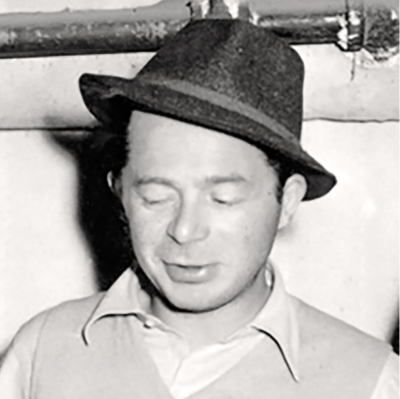

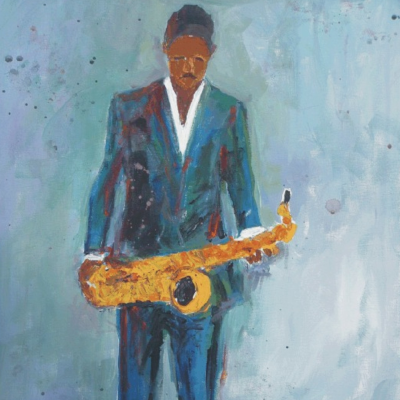


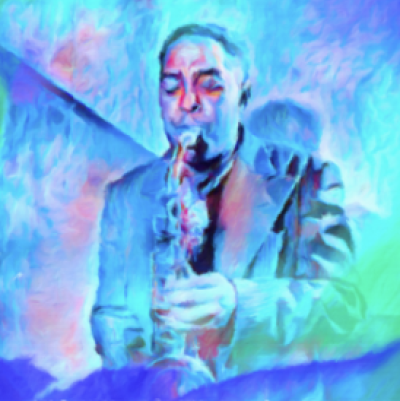
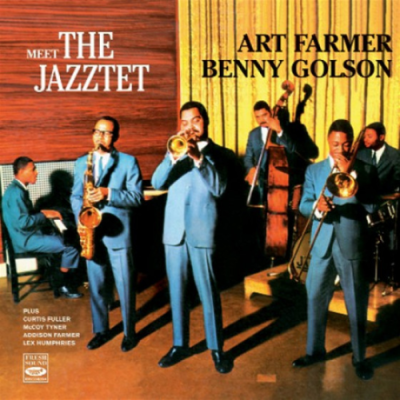


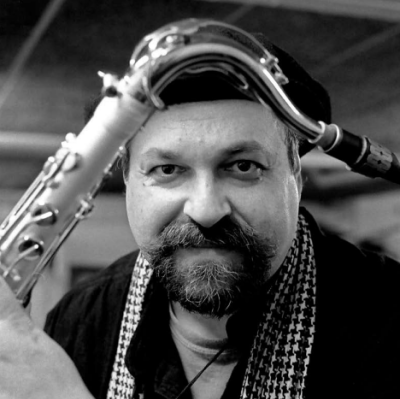

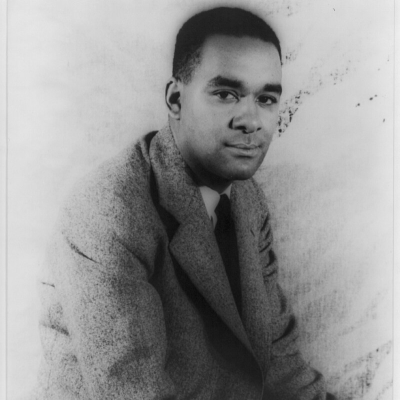
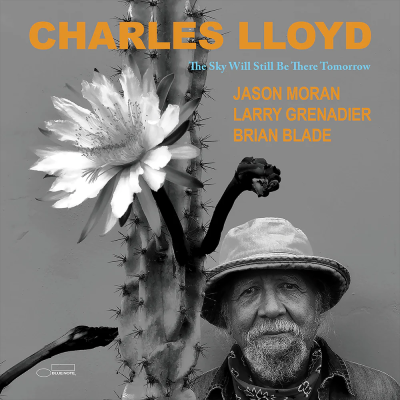
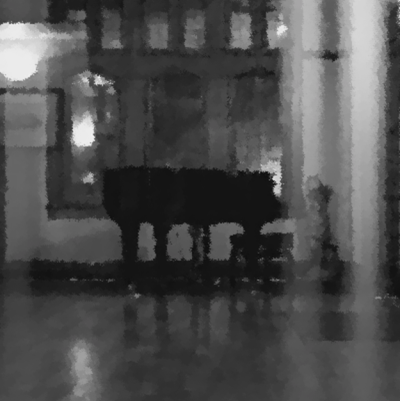

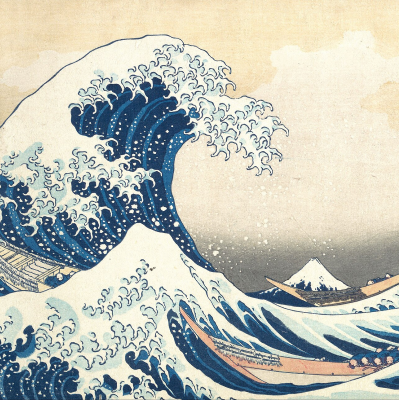


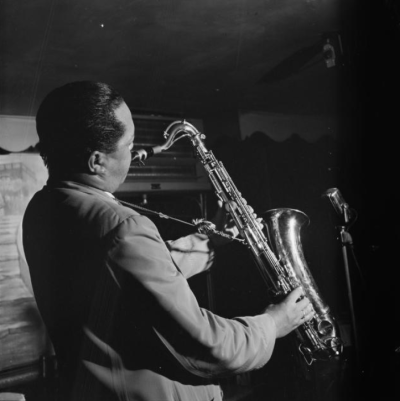



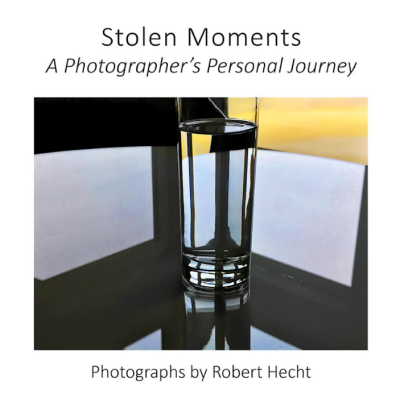
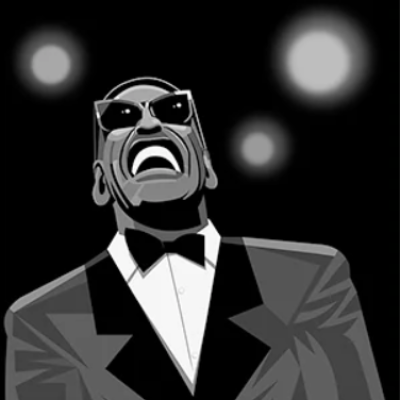
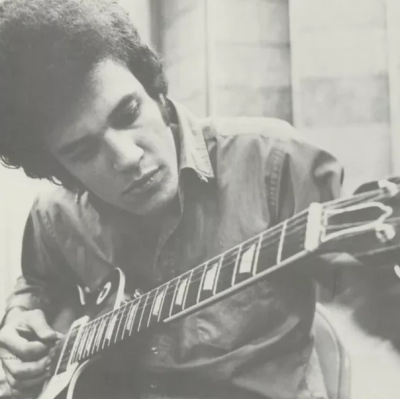







If only we knew what we had … Monk and Coltrane together on stage. In the audience, Kerouac, O’Hara, and Ginsberg. And we took it all for granted: the times and the trove of genius … sigh
I was immensely fortunate to hear Monk first with Coltrane and then Griffin and Rouse, and Wilbur Ware, Ahmed Abdul-Malik, Shadow Wilson and Roy Haynes. In 1957, I was in the Coast Guard and got every weekend off to hitchhike to the city from Cape May, N.J. Later, in ’58, when my ship was in port, first in Boston, Mass, then Portland, Maine, I did the same. Since I was in uniform, I could hitchhike to NYC in the matter of a little over six hours, just waiting minutes between rides, and then a quick subway to Cooper Square. I was back first thing on Saturday night after crashing at someone’s place, then hitched back to New England on Sundays. It was ecstasy, for the price of a few Heinekens a night. Extraordinary musicians from everywhere packed the place, a hip hejira. No admission, no minimum. Joe and Iggy were very kind, maybe because of the uniform. “Big Charlie” Turyn, a sax player and a gentle giant, was the bartender. A few years ago in Kansas I got a call from a buddy of Charlie’s who went through his address book, letting his friends know he had just passed. Today would have ‘Trane’s 90th birthday. He was only 40 when he left us. I was in Viet Nam, and didn’t even know until I returned.
I was immensely fortunate to hear Monk first with Coltrane and then Griffin and Rouse, and Wilbur Ware, Ahmed Abdul-Malik, Shadow Wilson and Roy Haynes. In 1957, I was in the Coast Guard and got every weekend off to hitchhike to the city from Cape May, N.J. Later, in ’58, when my ship was in port, first in Boston, Mass, then Portland, Maine, I did the same. Since I was in uniform, I could hitchhike to NYC in the matter of a little over six hours, just waiting minutes between rides, and then a quick subway to Cooper Square. I was back first thing on Saturday night after crashing at someone’s place, then hitched back to New England on Sundays. It was ecstasy, for the price of a few Heinekens a night. Extraordinary musicians from everywhere packed the place, a hip hejira. No admission, no minimum. Joe and Iggy were very kind, maybe because of the uniform. “Big Charlie” Turyn, a sax player and a gentle giant, was the bartender. A few years ago in Kansas I got a call from a buddy of Charlie’s who went through his address book, letting his friends know he had just passed. Today would have ‘Trane’s 90th birthday. He was only 40 when he left us. I was in Viet Nam, and didn’t even know until I returned.
I was a nineteen year old marine engineer from the u.k. and first loved jazz from 10 tears old hearing duke ellington on voice of America, Jazz hour.I heard Charlie Parker.I was doomed.Then arriving in Brooklyn on my ship, I was told of a jazz club with a great pianist who played bee bop. It was the Five Spot.I spent many nights there listening and talking to the group.They made me feel welcome and I loved the music.Lots of great musicians passed through the doors and it has given me great memories of these wonderful musicians Thank you Five Spot